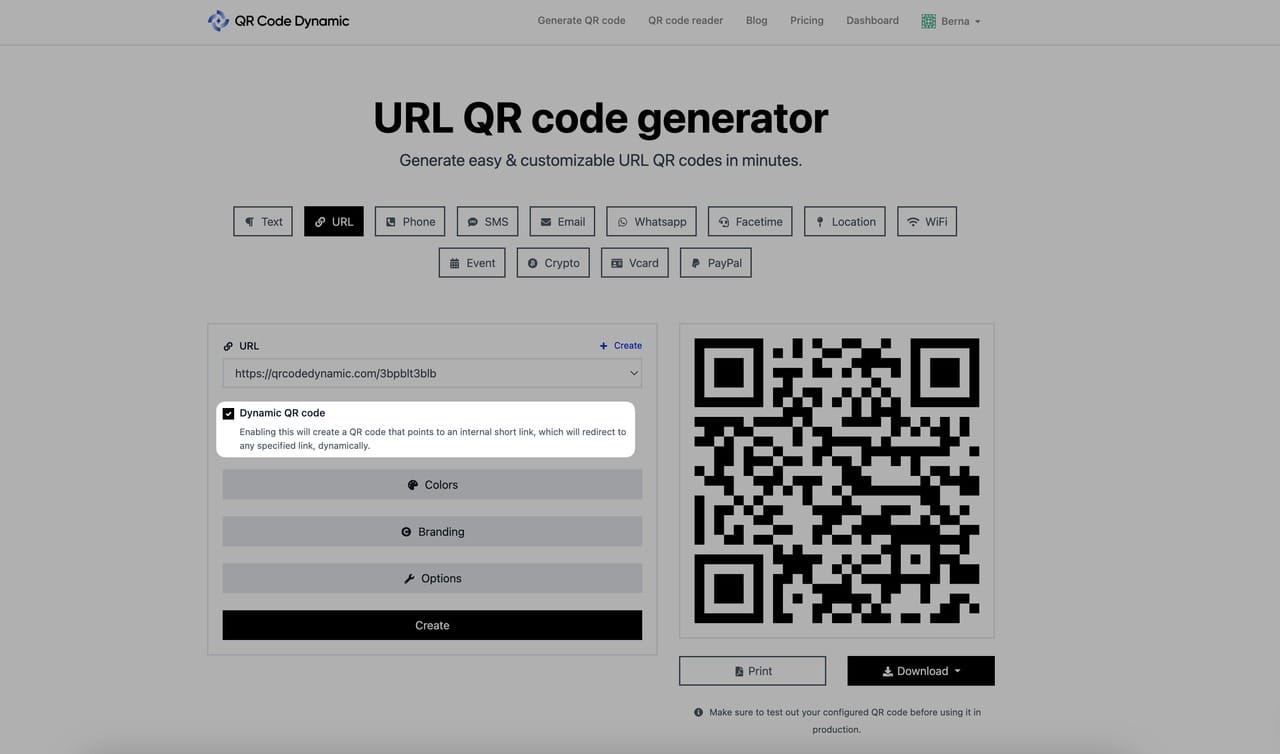What are the Differences Between Static & Dynamic QR Codes
There are two different QR code types which are static and dynamic.
This guide aims to explain the differences between static and dynamic QR Codes.
Understanding these differences will help you choose the right type of QR Code for your specific needs.
Let's explore the differences between static and dynamic QR Codes step-by-step quickly.
Static QR Codes
Static QR Codes contain fixed information that cannot be changed once generated.
These QR codes can be used for permanent information that doesn't change over time or doesn't require any updates, such as a website URL or contact details.
Dynamic QR Codes
Dynamic QR Codes, on the other hand, provide more flexibility because their content can be changed after it has been generated.
These codes allow you to update the information encoded within the QR Code without generating a new code. It is handy when you need to modify the content frequently, such as changing a product's price or updating an event's details.
Dynamic QR Codes come with tracking and analytics capabilities, enabling you to monitor how many times the code has been scanned and other useful data. This can be valuable for marketing campaigns, customer engagement, or inventory management.
Using QR Code Dynamic, you can create a dynamic URL QR code, which can be edited even if you print it and distribute it.

Enabling the dynamic QR code will create a QR code pointing to a short internal link, redirecting users dynamically to any specified link you choose.
That way, you won't have to create a new QR code if you want to update your link. Instead, updating the URL for the same QR code will be enough.
Choosing the Right Type
Now that you understand the differences between static and dynamic QR Codes, consider these factors when choosing the right type for your needs:
- Information stability: A static QR Code is appropriate if the content you want to encode will not change. For instance, a static one would be enough if you want to give your website URL or contact information.
- Content flexibility: Dynamic QR Codes are the way to go if you anticipate the need to update or modify the encoded content regularly. They allow you to make changes without having to generate new code.
- Tracking and analytics: If you require detailed insights into your QR Code usage, such as tracking scans and analyzing user behavior, dynamic QR Codes with built-in tracking features are recommended.
By understanding the differences between static and dynamic QR Codes, you can select the appropriate type based on your specific requirements.
Are you having questions about the differences between static and dynamic QR codes? Feel free to contact us via our live chat!